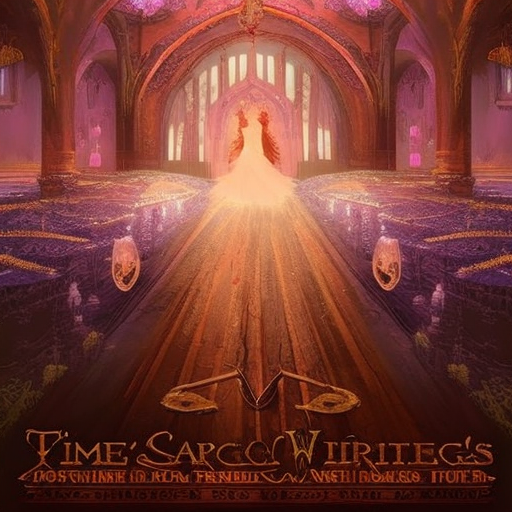The Phantom Carriage (1921) – A Haunting Tale of Redemption and Reflection
Main Cast and Crew:
- Director: Victor Sjöström
- Writer: Victor Sjöström (screenplay), Selma Lagerlöf (novel)
- Key Actors: Victor Sjöström (David Holm), Hilda Borgström (Edit), Tore Svennberg (Georges), Astrid Holm (Sister Edit), Concordia Selander (Maria), Lisa Lundholm (Anna)
- Music Director: Victor Sjöström
- Director of Photography: Julius Jaenzon
- Producers: Charles Magnusson, Victor Sjöström
Plot:
In “The Phantom Carriage,” David Holm, a troubled alcoholic, finds himself on his deathbed on New Year’s Eve. As the clock strikes midnight, he is visited by the phantom carriage, a supernatural vehicle that collects the souls of the deceased. The driver of the carriage, George, reveals that the last person to die each year must take up the role of the driver and collect souls for the next year.
Through a series of flashbacks, we learn about David’s past and the events that led to his downfall. His abusive behavior towards his wife, Edit, and his involvement in the death of a Salvation Army sister, Anna, weigh heavily on his conscience. As the night unfolds, David is forced to confront his past actions and seek redemption.
David’s interactions with George and his encounters with other spirits provide a haunting exploration of guilt, remorse, and the consequences of one’s actions. As the film progresses, David’s journey becomes a reflection on the choices we make in life and the impact they have on ourselves and those around us.
Themes and Motifs:
“The Phantom Carriage” delves into themes of redemption, the power of reflection, and the interconnectedness of human lives. The film explores the idea that one’s actions have lasting consequences and that it is never too late to seek forgiveness and change one’s path. The motif of the phantom carriage itself represents the inescapable nature of death and the cyclical nature of human existence.
Reception and Legacy:
Upon its release, “The Phantom Carriage” was met with critical acclaim for its innovative storytelling techniques and atmospheric cinematography. The film’s use of double exposure and special effects was groundbreaking for its time. It won the prestigious Grand Prize at the 1921 Stockholm Film Festival and solidified Victor Sjöström’s reputation as one of the pioneering figures of Swedish cinema.
The film’s influence can be seen in later works, such as Ingmar Bergman’s “The Seventh Seal” (1957), which also explores themes of mortality and existentialism. “The Phantom Carriage” remains a significant piece of silent cinema, admired for its haunting visuals and thought-provoking narrative.
Recommendation:
“The Phantom Carriage” is a must-watch for cinephiles and fans of silent cinema. Its atmospheric storytelling, compelling performances, and profound exploration of redemption make it a timeless classic. The film’s ability to delve into the darkest corners of the human psyche and offer a glimmer of hope and redemption is both haunting and inspiring.
Memorable Quote:
“The last hour of the year is the hour of the dead.” – George












